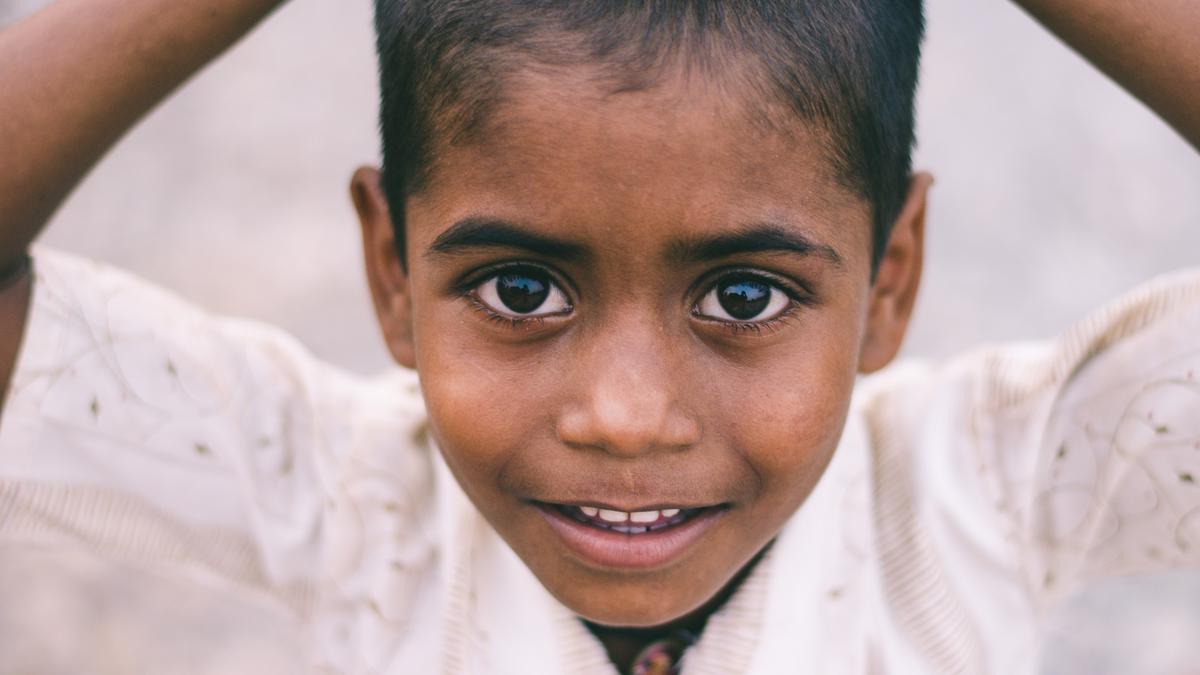
Poorly packaged paan ingredient a risk to children’s eyes: new study Premium
The Hindu
A new study has found that chuna is a major cause for ocular burns among children, along with household chemicals and fireworks. The study paper was published in the July 2023 edition of the Indian Journal of Ophthalmology. It was conducted by researchers at the L.V. Prasad Eye Institute, Hyderabad, and Narayana Netralaya, Bengaluru.
Slaked lime is an alkali compound widely used as a binding agent, along with betel nut and other ingredients, to make paan in the Indian subcontinent. A new study has found that chuna is a major cause for ocular burns among children, along with household chemicals and fireworks.
The study paper was published in the July 2023 edition of the Indian Journal of Ophthalmology. It was conducted by researchers at the L.V. Prasad Eye Institute, Hyderabad, and Narayana Nethralaya, Bengaluru.
Loosely sold in plastic packets, the quicklime can puff out of the packet on to a child’s eyes. The alkali then burns the ocular surface and can result in eye injury.
Ocular burns due to household chemicals are wholly avoidable. They are a tragic cause of ocular morbidity, even vision loss, especially among children.
What is chuna and what are its risks?
Indian paan has slaked lime, or chuna (sunnam in Telugu; sunna in Kannada; sunnaampu in Tamil), smeared onto a betel leaf and is chewed along with areca nut. Tobacco is also added to the paan and the alkali quickens its absorption. Paan consumption, especially in South and South East Asia, has been reported from prehistoric times.
Chuna is often sold in loose and poorly sealed packets across the region.













